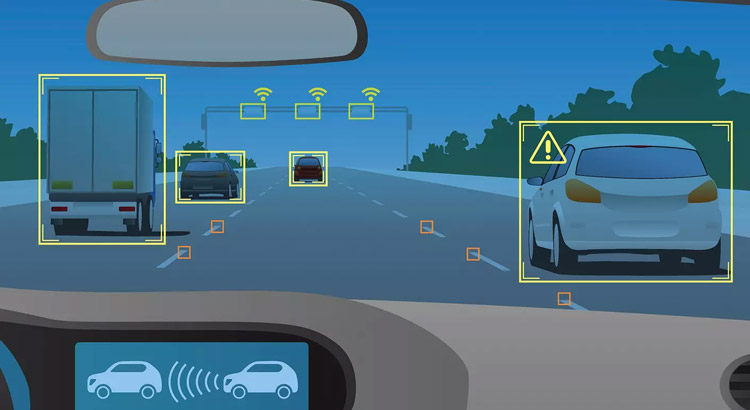After a new design of a component or system has been made, lot of time and cost goes into physically testing the design to check its performance. The new design of a component/system is fitted in a car and driven over thousands of kms. Sometimes these tests go on for six months or more. Using Machine Learning, we can check the performance of a new design, virtually, by subjecting it to the same driving conditions and road conditions, the data of which has been collected previously. And once the driving and road data is available, it would take a few minutes to check the performance of the new design.
Predicting Component Failures Using Machine Learning
Components in an automobile fail over time because of wear and tear, which accelerates based on the driving behaviour, terrain, ambient temperature,etc. How do we measure that? and can it be predicted with a good amount of accuracy? If it can, this can save a good percentage of maintenance dollars in addition to lowering insurance claims and recalls cost. Machine learning and AI are driving a change … for predicting failures.
Let us take the example of a automotive brake disc and brake pad. Today, it is impossible to predict when the brake liner has completely worn off, without actually dismantling the wheel and taking physical measurements.
Huge amounts of data is generated on a continuous basis from a vehicle but very little analytics is carried on that data which means we are losing a lot of good information that can be used for real time analyses of the vehicle health and for systems such as brakes, suspension, steering, engine, etc. Machine learning can be used for analyzing the data for failure of certain components such as brakes. By processing speed, temperatures, accelerations, braking etc. data, predictive models can be created for computing disk and pad wear. Machine learning models along with AI can incorporate Driving Conditions, Driver Behaviour, Car Parameters, Road Conditions and Climatic Conditions to calculate the exact wear. This is a paradigm shift from distance travelled based maintenance (preventive) to predictive (& prognostics) based maintenance. This can be a savings of almost 5-7% of the annual maintenance spend.
In the above picture, the vehicle is predicted to have less that 15% of life left, and should be replaced immediately.
In the above picture , car 1 driver has the worst driving behaviour and hence will have to change a certain component first amongst the 5 cars. This is possible only if we run the prognostics using machine learning and AI.


